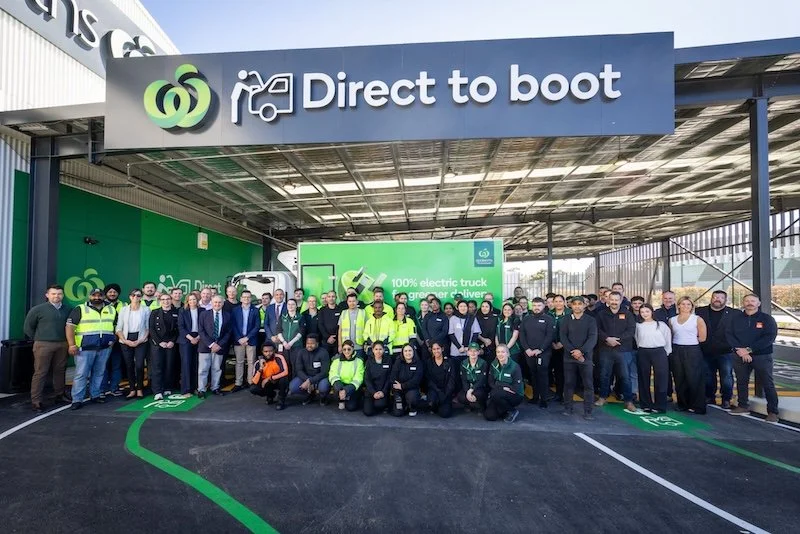Mothercare shows a growing market is no guarantee of success
By Tom Williams, Head of E-commerce, Maginus
For just under 60 years Mothercare has graced the UK high street, yet despite this longevity and brand awareness, it will soon become another forgotten name – like Woolworths or Coast.
It has to be said, 2019 has not been kind to many retailers, but there has been a sense of foreboding around Mothercare ever since its rescue plan in May 2018; a figurative axe hanging above its head.
The trouble is the company had a sound business model – it is selling to an omnipresent market – the need for babywear will not disappear despite the shrinking birth rate. The culture of family hand-me-downs is gone, meaning baby clothing and footwear alone is worth around £7.3 billion in the UK. A recipe for success, so you’d think. So, where did Mothercare go wrong?
Relevance
A challenge for all brands, but perhaps more so those who have been established for a significant period of time (Mothercare, M&S, John Lewis), is to stay relevant with ever shifting consumer demands.
It’s all very well indulging in partnerships with influencers such as Myleene Klass and creating ranges with them, but will that alone get consumers through the door? No.
A major shift in recent years has been the desire for experiences – shopping is no longer simply about procurement, it’s the whole process, and it has to be frictionless and enticing. The boom in online has put pressure on physical stores to facilitate these experiences – enticing customers in and adding value so they can peruse online with more confidence at a later date.
This is where Mothercare hit the rocks. It relied too heavily on the in-store experience, but fell down in this area as staff in-store were not knowledgeable enough to add real value, leading to a host of negative reviews and falling sales. The shops also were not necessarily enticing. In the age of Instagram, Mothercare failed a basic necessity – getting punters through the door.
Convenience
Perhaps its biggest mistake was that it failed to successfully compete in today’s key battle ground – convenience. Expectant parents will find shopping from the comfort of their sofa preferable to travelling in and out of town, yet Mothercare failed to invest enough in its online platform and digital infrastructure.
The website did not provide a frictionless experience – thereby putting off shoppers, as it wasn’t easy to navigate. Although it tried to sell more online last year, it was too late, as it had already lost too much ground to online giants such as Amazon, or supermarkets, which are a more convenient physical alternative. In today’s digital era, relying on physical retail to bring in sales is a very risky strategy and ultimately one that backfired.
Price
The third key area that Mothercare lost in was price. Whilst Amazon was always going to be a major threat as its size enabled economies of scale, Mothercare also forgot about its high street competitors. It fell into the trap of not being able to differentiate itself and therefore became stuck in the middle of a price war.
John Lewis would never knowingly be undersold, and provided broadly similar products which had vast appeal, and Primark also entered the fray, catering to the trend of fast fashion. Not having the same reputation for quality that John Lewis has, or the loyalty of younger generations which Primark has achieved meant it was edged out, as there was no USP to encourage consumers in-store or online.
There were warning signs for Mothercare and whilst it will remain trading internationally, it is a shame that it will soon be lost to our high streets. But there are lessons to be learned – online is king and must be as convenient as possible for consumers; price must go hand in hand with what makes a brand different, otherwise it could fade into obscurity; and brands need to stay relevant, no matter how well known they are.
Mothercare will not be the last brand to leave our high streets, maybe not even this year, but fellow retailers should see this as a warning sign. Not even a growing market can save a business – customer experience will win the day.










Continue reading…